If you’ve ever struggled with sluggish acceleration, carbon buildup, or constant emissions-related repairs, you’ve probably come across the term EGR delete. But what does it really mean—and is it the right move for your engine?
EGR stands for Exhaust Gas Recirculation—a system designed to reduce emissions by routing dirty exhaust gas back into your engine. Though it helps your vehicle stay compliant, the EGR system can cause issues like sluggish performance, carbon buildup, and added maintenance headaches.
That’s why many diesel owners consider an EGR delete—to improve airflow, boost power, and aim for longer engine life. In this guide, we’ll explain how the EGR system works, what deleting it involves, and whether it’s the right choice for your vehicle.

Introduction to Exhaust Gas Recirculation (EGR) Systems
The EGR system is vital for cutting NOx emissions in diesel engines. It works by routing a portion of dirty exhaust gas back into the intake manifold, lowering combustion temperatures and ultimately cutting down on harmful emissions.
At the core of the system is the EGR valve, which carefully regulates the exact amount of exhaust gas recirculated back into the engine. By regulating this flow, the EGR system not only helps meet emission standards but also supports overall engine efficiency and performance.
Many vehicle owners and performance enthusiasts choose to modify or replace the EGR valve with aftermarket options to enhance fuel economy, improve power delivery, or extend the engine’s lifespan.
However, when the EGR system malfunctions, it can cause excessive soot accumulation in the intake manifold and other critical engine components.
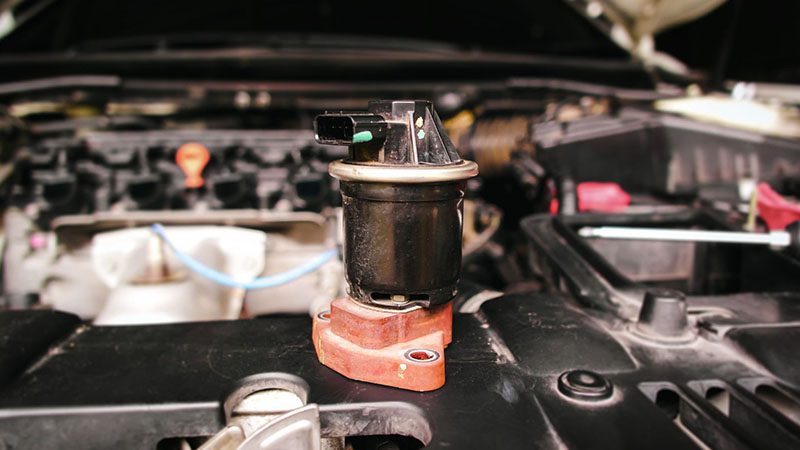
How the EGR System Works
At a basic level, the EGR system functions by redirecting a measured amount of exhaust gas from the exhaust manifold back into the engine’s intake manifold.
By introducing exhaust gases into the combustion chamber, the system lowers peak combustion temperatures, significantly reducing the formation of nitrogen oxides (NOx)—a major pollutant produced by diesel engines.
The EGR system typically consists of several important parts: the EGR valve, EGR cooler, and intake manifold.
The EGR cooler is especially important, as it lowers the temperature of the exhaust gases before they mix with fresh air and fuel in the intake. This cooler air-fuel mixture then enters the engine cylinders, helping to reduce NOx formation and improve combustion efficiency.
In short, the EGR system plays a crucial role in helping diesel engines meet strict emissions regulations while still delivering reliable fuel economy, better performance, increased reliability, and more power.
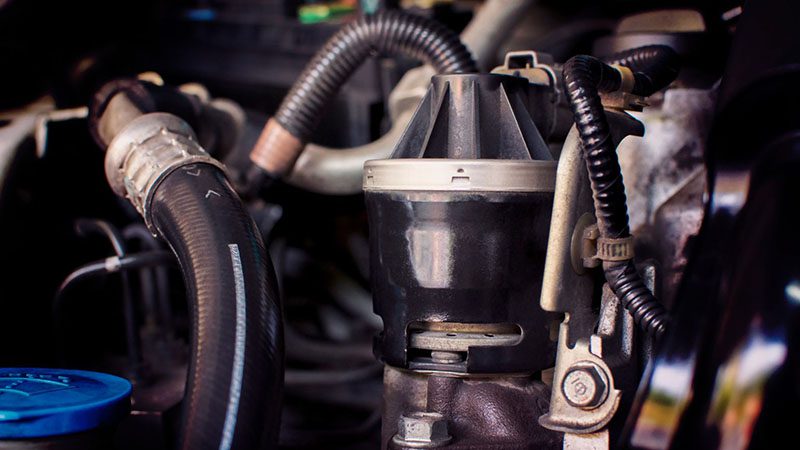
Benefits of EGR Deletes
Installing an EGR delete kit can offer several advantages for diesel engine performance. By removing the EGR valve, you eliminate the recirculation of exhaust gases, which helps prevent carbon buildup and improves airflow. This can lead to noticeable gains in horsepower, better throttle response, increased fuel efficiency, and overall improved performance.
Without the EGR system, many diesel engines run more efficiently and consume less fuel, particularly under heavy load or long-haul conditions. Removing the EGR components also reduces the risk of issues caused by soot building up in the intake system and clogging key components—common engine problems that can affect performance and lead to costly repairs.
In the long run, an EGR delete can lead to longer engine life, improve reliability, and reduce maintenance costs. For diesel trucks used in commercial or off-road applications, the added power and responsiveness from an EGR delete can make a real difference in day-to-day performance.
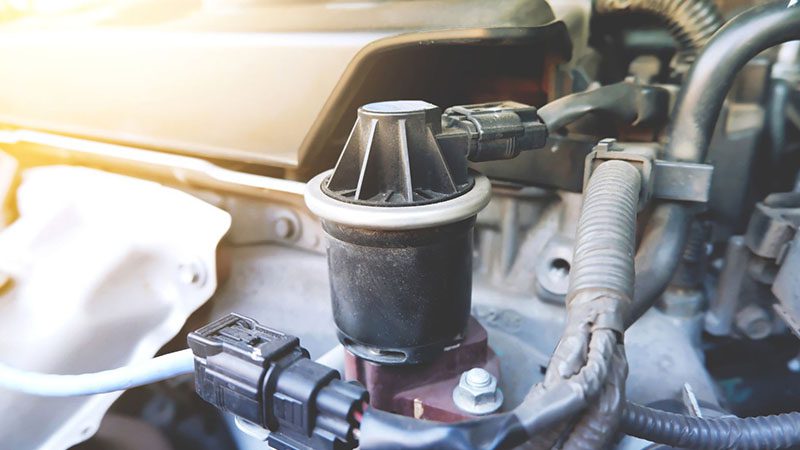
Technical Considerations
Since the EGR system is designed to help reduce nitrogen oxide (NOx) emissions, removing it may lead to higher emission levels. In some cases, the valve can be temporarily blocked as a quick fix, but this should always be evaluated by a qualified mechanic to determine if it’s appropriate for your specific vehicle.
The EGR system doesn’t operate in isolation—it works alongside components like the diesel particulate filter (DPF) to control emissions and optimize performance. Because the EGR valve plays such a central role, any modifications or removals should be done with expert input to avoid unintended side effects and maintain engine reliability.
An EGR delete can lead to changes in engine dynamics, including increased combustion temperatures, potential engine knock, and accelerated wear on internal components. If not properly tuned after the delete, the engine may become more prone to mechanical issues over time.
The EGR cooler is another key component often addressed during the delete process. In some cases, however, replacing a faulty EGR valve or cooler may be a more practical—and emissions-compliant—solution than removing the system entirely.
Ultimately, any decision to delete or replace EGR components should be made in consultation with a professional mechanic to ensure the best outcome for your engine’s performance and longevity.

EGR System vs. EGR Delete: Quick Comparison
Here’s a side-by-side look at how a stock EGR system compares to an EGR delete in terms of performance, maintenance, and compliance:
| Feature / Aspect | EGR System (Stock) | EGR Delete (Modified) |
|---|---|---|
| Emissions Compliance | ✅ Meets regulations | ❌ Not street-legal in most regions |
| Fuel Economy | Moderate | Often improved under heavy loads |
| Power Output | Limited by recirculated exhaust gases | ✅ Potential for more power |
| Engine Reliability | Prone to clogging and carbon buildup | ✅ Fewer soot-related issues; increased reliability |
| Maintenance Needs | Requires periodic cleaning or replacement | ✅ Reduced need for EGR-specific maintenance |
| Risk of Engine Problems | Higher due to soot and valve failure | Lower if properly tuned; risk if done incorrectly |
| Legal & Environmental Impact | ✅ Eco-friendly and compliant | ❌ Higher NOx emissions; possible legal penalties |
Potential Risks and Drawbacks
While EGR systems are designed to reduce emissions and improve engine efficiency, they also come with potential downsides that vehicle owners should be aware of. One of the most common issues is the buildup of carbon and soot inside the engine intake system, particularly the intake manifold and related components.
Over time, this accumulation can restrict airflow, cause engine performance issues, increase fuel consumption, and lead to more frequent maintenance needs. The EGR system itself is also prone to clogging, which can cause symptoms like rough idling, reduced power, and higher emissions—especially at low speeds when the valve may not operate efficiently.
Although EGR delete kits are often marketed as a fix for these problems, the process involves a complex modification that requires mechanical expertise and can be expensive. If not properly installed or tuned, an EGR delete can actually lead to further performance issues and may increase NOx emissions, undermining its intended purpose and contributing to environmental harm.
Before deciding to modify or remove the EGR system, it’s important to weigh the potential benefits against the risks. Consider how the change could affect engine longevity, compliance with emissions regulations, and environmental impact. Being fully informed will help ensure you make the best decision for both your engine and the environment.
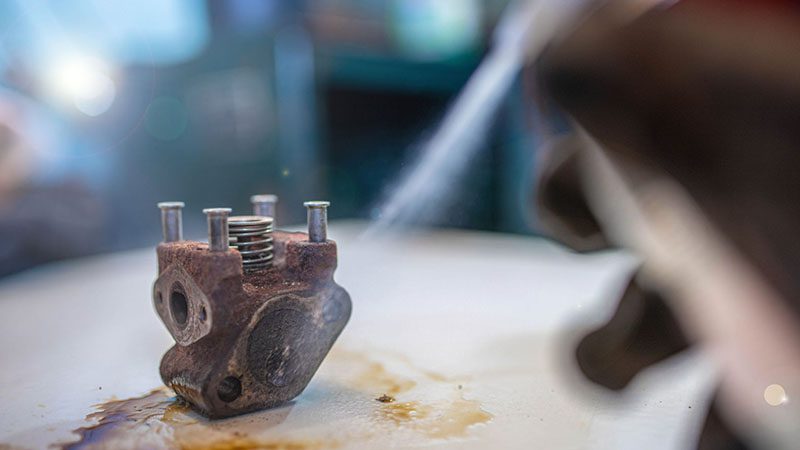
Environmental and Regulatory Concerns
While EGR deletes may offer performance benefits, they can significantly increase nitrogen oxide (NOx) emissions—contributing to air pollution and raising serious environmental concerns. This is a key issue not only for vehicle owners but also for regulatory bodies tasked with enforcing emissions standards.
The EGR system plays a crucial role in reducing NOx emissions, and removing it can result in non-compliance with local, state, or federal emissions regulations. This could expose vehicle owners to fines, failed inspections, or other legal consequences.
Beyond the legal risks, increased emissions from EGR deletes can degrade air quality and negatively affect public health, particularly in urban areas where vehicle pollution is already a major concern.
Regulatory agencies like the Environmental Protection Agency (EPA) have established strict emissions standards, and it’s important for vehicle owners to ensure their vehicles remain compliant.
Before opting for an EGR delete, it’s wise to fully understand the environmental and regulatory implications and explore alternative ways to boost engine performance without compromising emissions control.
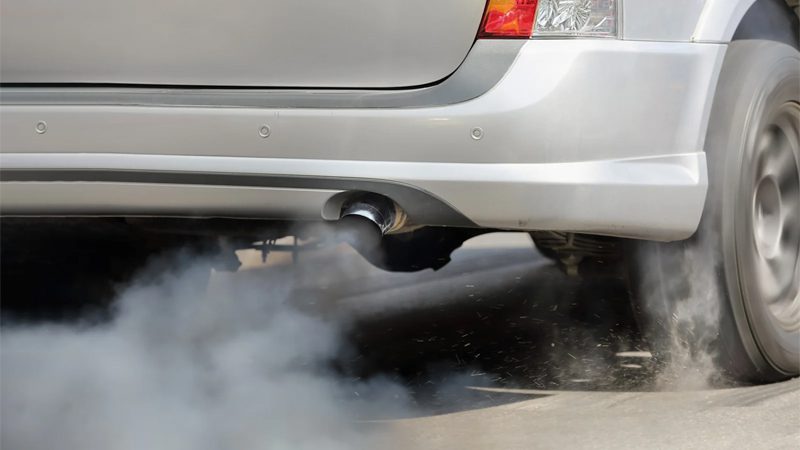
Conclusion
EGR deletes can offer noticeable improvements in diesel engine performance and reliability, but it’s important to weigh these benefits against the potential technical, environmental, and legal consequences.
Before making any modifications, vehicle owners should consult a qualified mechanic or automotive engineer to evaluate whether an EGR delete is appropriate for their specific engine—and to ensure any changes remain compliant with emissions regulations.
In many cases, proper engine tuning and routine maintenance can resolve performance issues without the need for an EGR delete. Keeping the engine in good condition not only helps reduce emissions but also extends its lifespan.
Ultimately, the decision to delete an EGR system should be made carefully. While performance gains are possible, they come with trade-offs. By fully understanding the pros and cons, vehicle owners can make informed, responsible choices that support both engine health and environmental standards.
About Us
At Nanjing Woda Auto Technology Co., Ltd., we specialize in supplying high-quality engine parts for the global B2B market. Our core product lines include EGR components, cylinder heads, crankshafts, camshafts, and other critical engine parts designed for durability, performance, and compatibility with a wide range of commercial vehicles and applications.
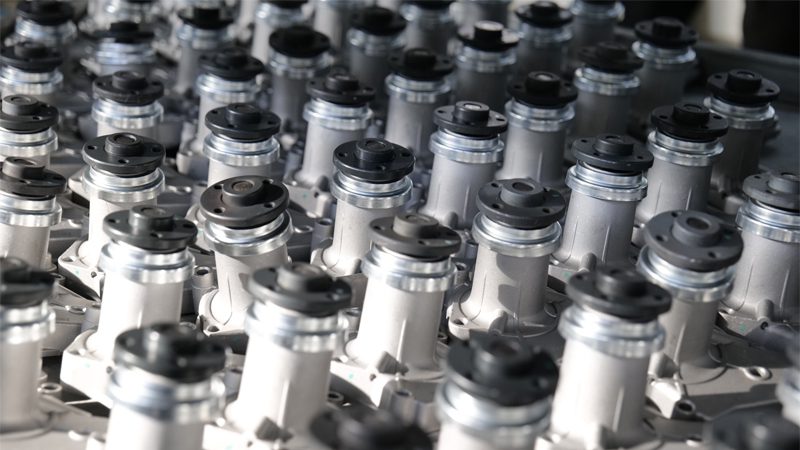
With years of experience serving distributors, repair centers, and fleet operators across more than 100 countries, we understand the demands of your business. Our team is committed to delivering consistent product quality, on-time shipments, and technical support to help you maintain engine performance and customer satisfaction.
Whether you need OEM replacements, EGR delete kits, or customized engine part solutions, we’re here to support your business.
Contact us today for a fast, tailored quotation or to speak with our technical team about your sourcing needs.





